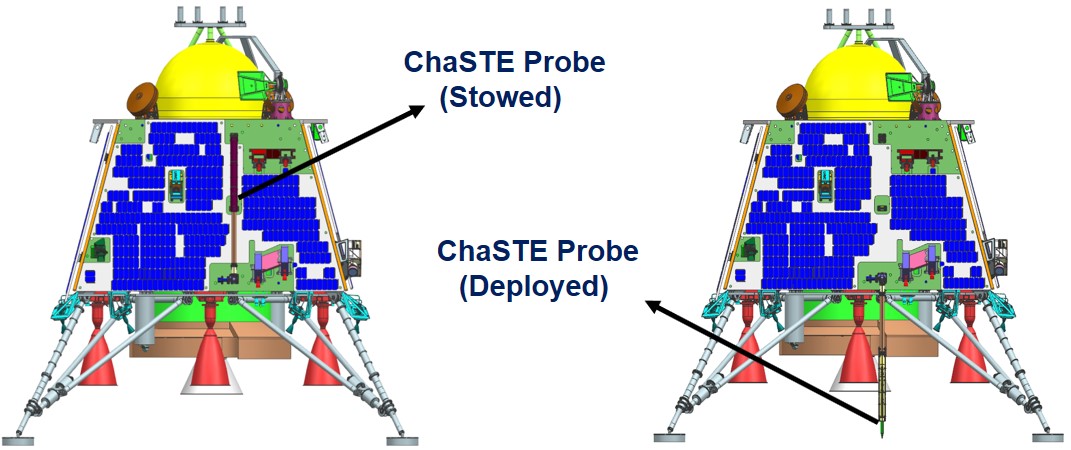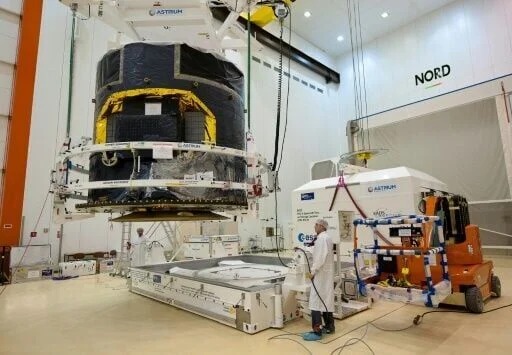
Through the Ecological Restoration Alliance-India (ERA-I) India will start freely providing a seed germination database for general access. The database contains more than 1000 seed germination methods which cover 465 native plant species to provide essential information to restoration practitioners alongside both nursery professionals and native plant enthusiasts. The database provides essential support to Indian restoration activities under its commitment to restore 26 million hectares of degraded land through the Bonn Challenge.
Context:
-
About: India will introduce its initial seed germination database which anyone can access at no cost through work from the Ecological Restoration Alliance-India (ERA-I).
-
Launch Date: April 16, 2025.
-
Initiative by: Ecological Restoration Alliance-India (ERA-I).
-
Objective: The planned system will facilitate ecological restoration through providing methods to make native Indian plant species germinate.
-
Database Content: 1,000+ techniques for 465 native species.
-
ERA-I provides database services to uphold India's commitments towards restoring 26 million hectares of degraded land by 2030 as per the Bonn Challenge.
Key Points on Seed Germination Database:
-
Significance of Native Plants in Restoration:
-
Native species support ecological balance due to evolved relationships with local fauna and climatic conditions.
-
Established systems need no further human management which makes them optimal for developing resilient climate-friendly landscapes.
-
-
Bridging the Knowledge Gap:
-
Before professional restoration practitioners began seed germination experiments they used to experiment with seeds through trial and error methods.
-
Standardised and tested protocols for germination in the new database increase the success rates of germinal production in nurseries.
-
-
Scientific and Practical Impact:
-
The platform provides access to methods which boost native plant cultivation results.
-
Native saplings achieve increased survivability through this program hence promoting land restoration efforts.
-
-
India’s Role in Global Restoration Goals:
-
The initiative stands to back the Bonn Challenge as it seeks global restoration of 350 million hectares of land before 2030.
-
About Seed Germination:
What is Seed Germination?
-
A biological process transforms seed into a seedling that later matures into a fully developed plant through seed germination.
-
The initial developmental phase of plant lives serves as a vital basis for agricultural output together with natural environment recovery.
Stages of Seed Germination:
-
Imbibition: Water absorption occurs in imbibition which first softens the seed coat then stimulates enzyme activation.
-
Metabolism Activation: The seed enters a phase where metabolic processes such as respiration together with protein synthesis start.
-
Emergence: During the emergence phase both the radicle root will appear first followed by the plumule shoot.
-
Growth: The seedling emerges through cell multiplication along with cellular elongation.
Prerequisites for Germination:
-
Water: Required for metabolic activation and enzymatic functions.
-
Oxygen: Needed for cellular respiration.
-
Temperature: Temperature influences germination span within 25–30°C while exact temperatures vary among different plant species.
-
Light/Darkness: Acts as an environmental cue for many species.
External Factors Affecting Germination:
-
The condition of water resources either too little or too excessive creates barriers toward seed germination.
-
Very high or suboptimal temperatures act as barriers to seed germination.
-
The lack of available oxygen because of deep burial environments prevents metabolic processes from functioning normally.
Internal Factors:
-
Seeds maintain dormancy as a natural delay system that makes them incapable of germination when favorable environmental conditions exist.
-
Causes of Dormancy:
-
Hard seed coat.
-
Immature embryo.
-
Presence of growth inhibitors.
-
Requirement for after-ripening.
-
Conclusion
India established its first seed germination database which created an important breakthrough in ecological restoration together with sustainable land management. The initiative organizes seed propagation information to strengthen nationwide restoration operations which both protect biodiversity and create climate-resilient environments. India’s ambitious pledge under the Bonn Challenge demands such scientific resources for creating large-scale meaningful impact. The database connects years of missing ecological knowledge while simultaneously opening ecological expertise to all stakeholders for improved restoration programs. The active Indian response toward ecological challenges demonstrates essential methods to match scientific understanding with conservation initiatives worldwide.



 Potential Biosignatures Discovered on Exoplanet K2-18b by JWST
Potential Biosignatures Discovered on Exoplanet K2-18b by JWST India’s Evolving Approach to Artificial Intelligence Governance and Regulation
India’s Evolving Approach to Artificial Intelligence Governance and Regulation Golden Jubilee of Aryabhata 2025: Celebrating India’s First Satellite and ISRO’s Historic Milestone
Golden Jubilee of Aryabhata 2025: Celebrating India’s First Satellite and ISRO’s Historic Milestone ESA's Biomass Mission 2025: Tracking Global Forest Carbon Storage via Satellite
ESA's Biomass Mission 2025: Tracking Global Forest Carbon Storage via Satellite ChaSTE: First In-Situ Measurement of Surface Temperature
ChaSTE: First In-Situ Measurement of Surface Temperature Digital Child Abuse and the Dangers of AI-Based Exploitation
Digital Child Abuse and the Dangers of AI-Based Exploitation SpaceX Successfully Launches Fram2 Mission: First Human Spaceflight Over Earth’s Poles
SpaceX Successfully Launches Fram2 Mission: First Human Spaceflight Over Earth’s Poles Gaia Space Observatory: Achievements and Shutdown
Gaia Space Observatory: Achievements and Shutdown ChatGPT’s viral Studio Ghibli-style images highlight AI copyright concerns
ChatGPT’s viral Studio Ghibli-style images highlight AI copyright concerns






